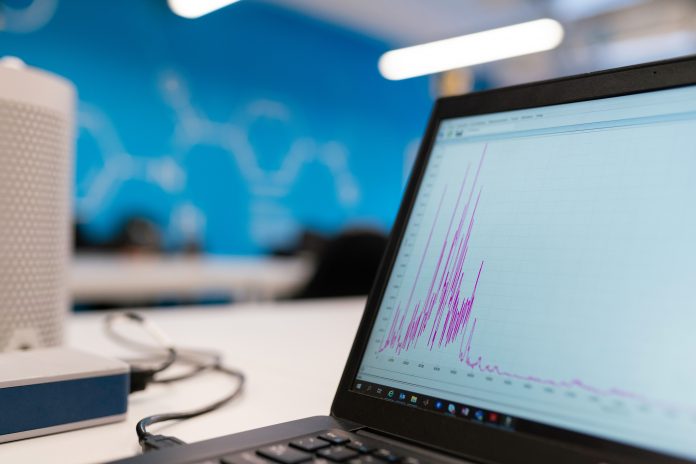A huge sum of $800bn to $2trn is laundered annually around the world, as per the United Nations Office on Drugs and Crime, accounting for 2-5% of global GDP.
According to Moody’s, this vast range of illegal transactions highlights a complex challenge: inconsistent international regulations and the ease with which criminal funds are integrated into legitimate financial systems.
During a recent fireside chat, Linshan Tiong and Pamela Chua, both Associate Directors at a leading financial firm, delved into the potential benefits of public sector agencies employing third-party data to achieve a comprehensive risk analysis. They argued for a collaborative approach between the public and private sectors to better understand and combat financial crimes.
The conversation between Pamela and Linshan focused on how merging third-party data with internal resources can elevate due diligence processes and investigative capabilities. This strategy is pivotal for proactively identifying and disrupting money laundering activities, especially those spanning multiple countries.
They illustrated their point with a case study where criminals laundered funds using overseas shell companies and mule accounts, demonstrating the necessity of understanding the intricate networks of companies and individuals involved in such schemes.
Moody’s has developed tools that provide actionable intelligence to assist agencies in their fight against financial threats. By revealing connections and hidden linkages, these tools aid in the analysis of potential threats and increase the efficacy of compliance teams. One such tool, the Shell Company Indicator, specifically flags risks associated with shell companies, enabling deeper investigations into suspicious profiles.
Copyright © 2024 RegTech Analyst
Copyright © 2018 RegTech Analyst



